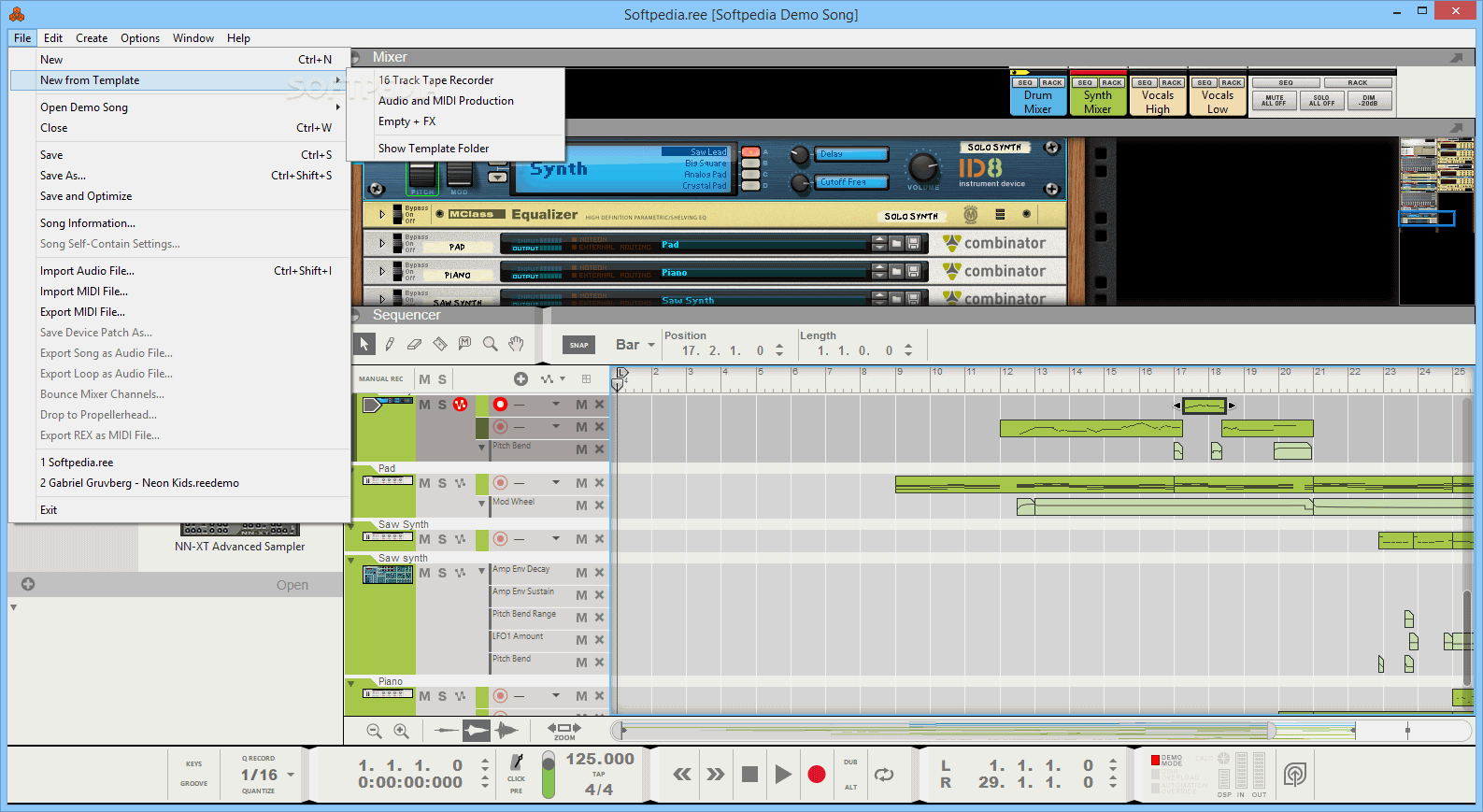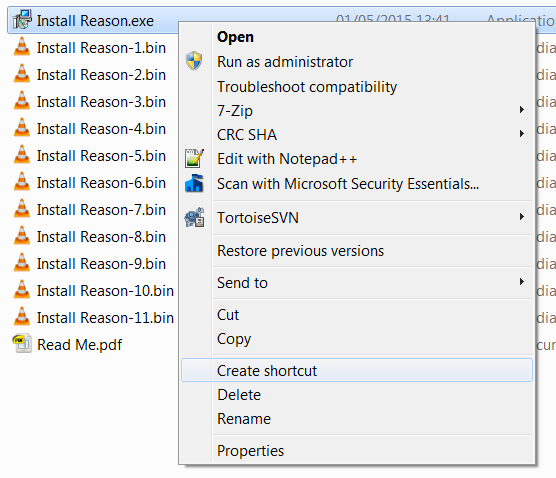
The obvious use for Pulveriser is on drums, and this is aided by the wet/dry knob, which dials in parallel compression. It sounds terrific and can more than hold its own against top-end plug-ins when it comes to adding grunge, age, warmth and character. Pulveriser offers compression, saturation/distortion and filtering, with an LFO that can control volume or filter cutoff, and an envelope follower that can drive LFO rate or filter cutoff.

The creative potential of all of this is simply huge. And there's one more clever touch: a breakout section for the delay signal lets you run it through other devices before feeding back to the delay line's input. There are Trigger and Roll modes, too Trigger uses a switch to momentarily open a gate on the input signal, while Roll has a slider that, when increased, causes the input signal to be 'frozen' by the delay.Ī ducking mode uses the input to drop the delays in level, enabling you to add masses of delay without it swamping the dry signal - brilliant for vocals. The Echo is a Roland Space Echo-esque delay with filtering, distortion/limiting, pitch modulation and "smearing" of repeats via a Diffusion control. Their own devicesįor us, though, it's all about the new devices: The Echo, Pulveriser and Alligator. One thing to be aware of is that Reason still only runs as a ReWire slave, so you can't route tracks from, say, Cubase or Logic directly into Reason's mixer using ReWire - you'll have to bounce down to WAV and import.

Now, this is not quite the all-purpose mix panacea that some people make it out to be, but when you want that specific radio pop sound, it's a fantastic recreation that can easily get you there.Īs well as being a great tool for quickly shaping mixes, the mixer imbues warmth and cohesion - we even know of a few producers who have used it as their final mix tool on stems from another DAW.Īs far as the interface goes, its appearance is pleasingly chunky and the control ranges well calibrated. And then there's that famous bus compressor. The eight busses the per-channel gating, compression and EQ the sidechain for the compressors (including that master output) - it's all there.

However, authentic is precisely what it turned out to be. When Record was announced, we were initially sceptical about the claims as to the realism and authenticity of their SSL-modelled desk. And on the technical front, there's finally 64-bit support, which will be a big deal for some users. There's now a handy extra-large heads-up display (complete with tuner) for keeping track of recording levels from across the room. If you're really desperate for extreme transpositions, you could just render the shifted audio and then shift it again. The range is limited compared to, say, Ableton Live, but it seems that the idea was to present an algorithm that gives good results across its entire range.


 0 kommentar(er)
0 kommentar(er)
